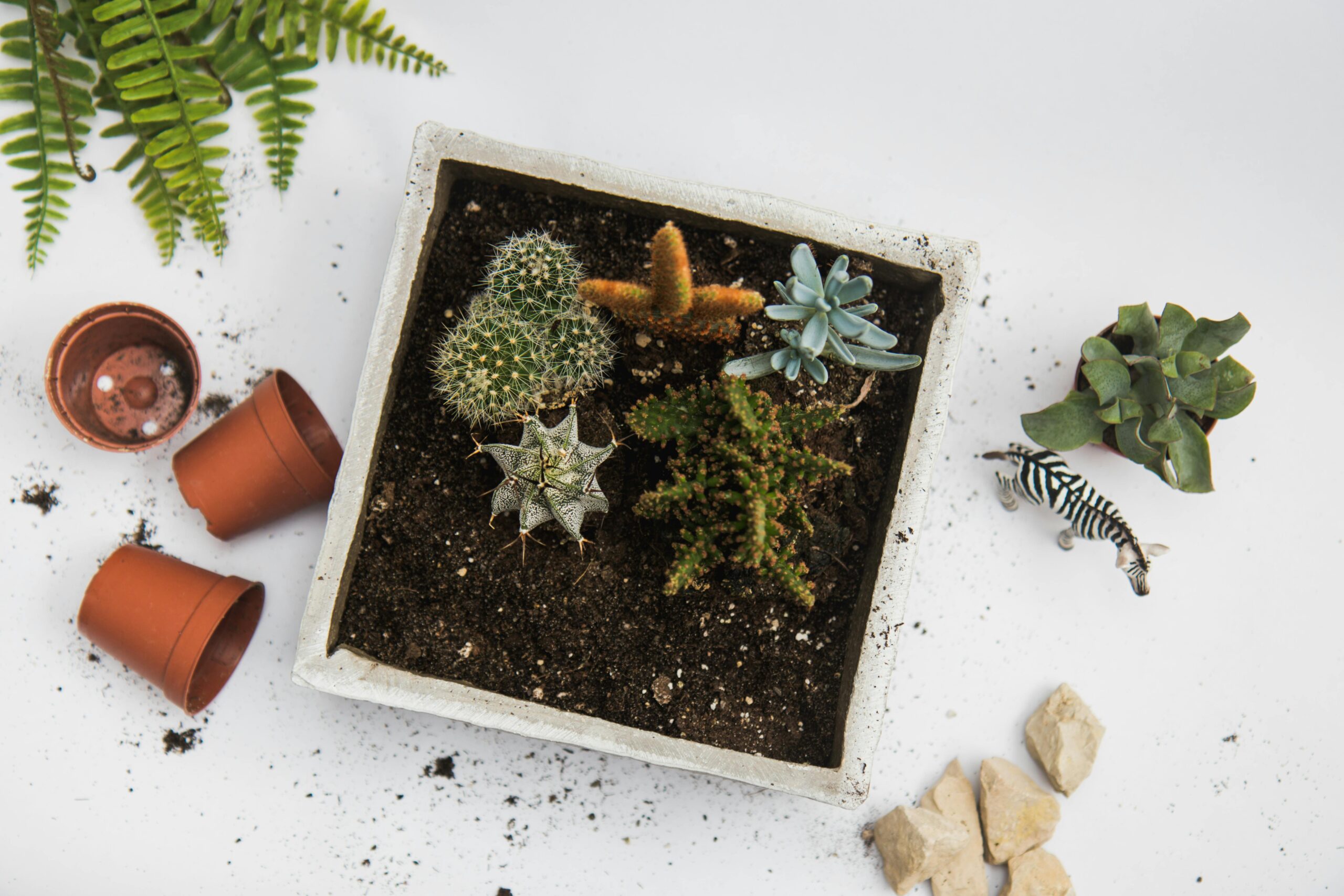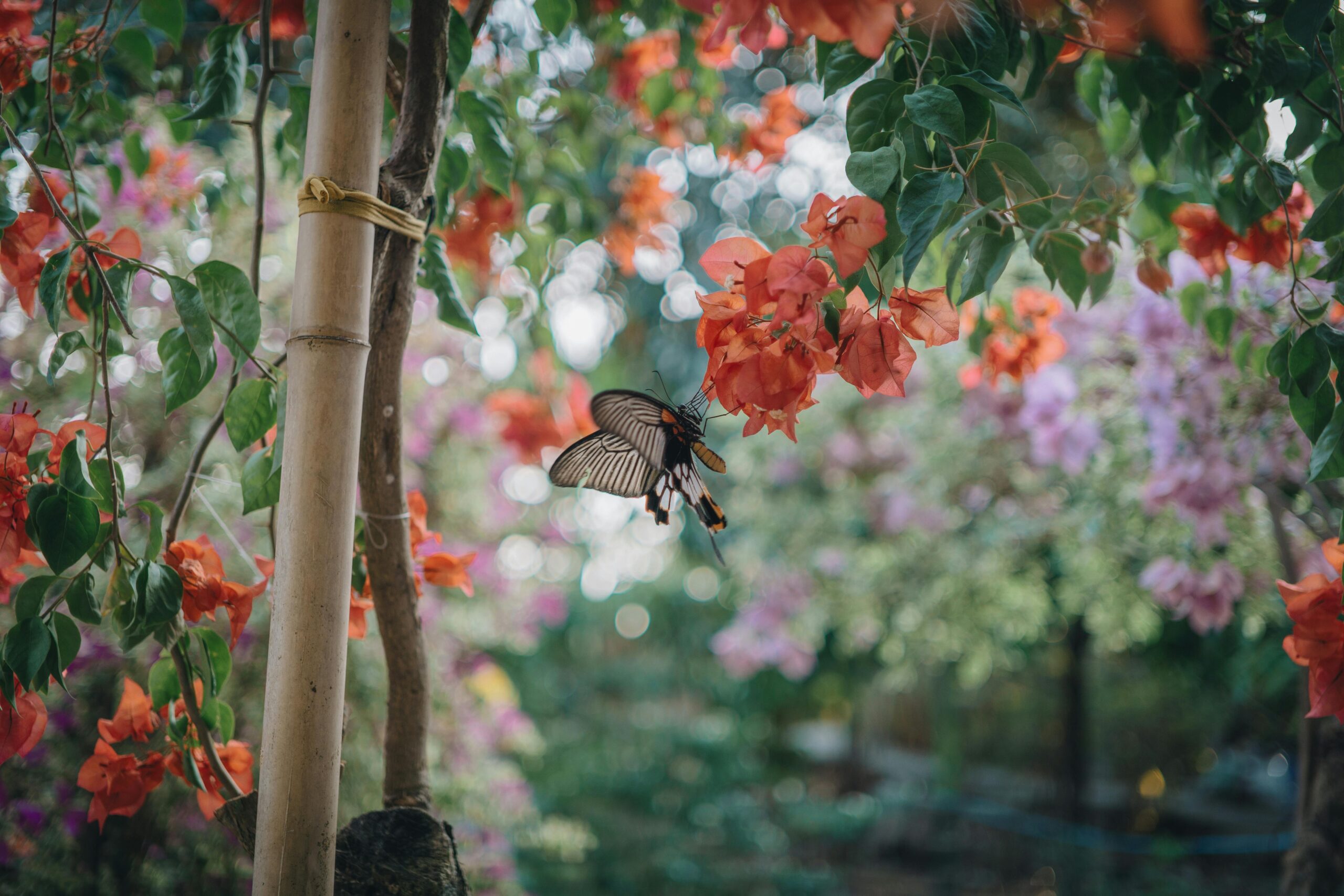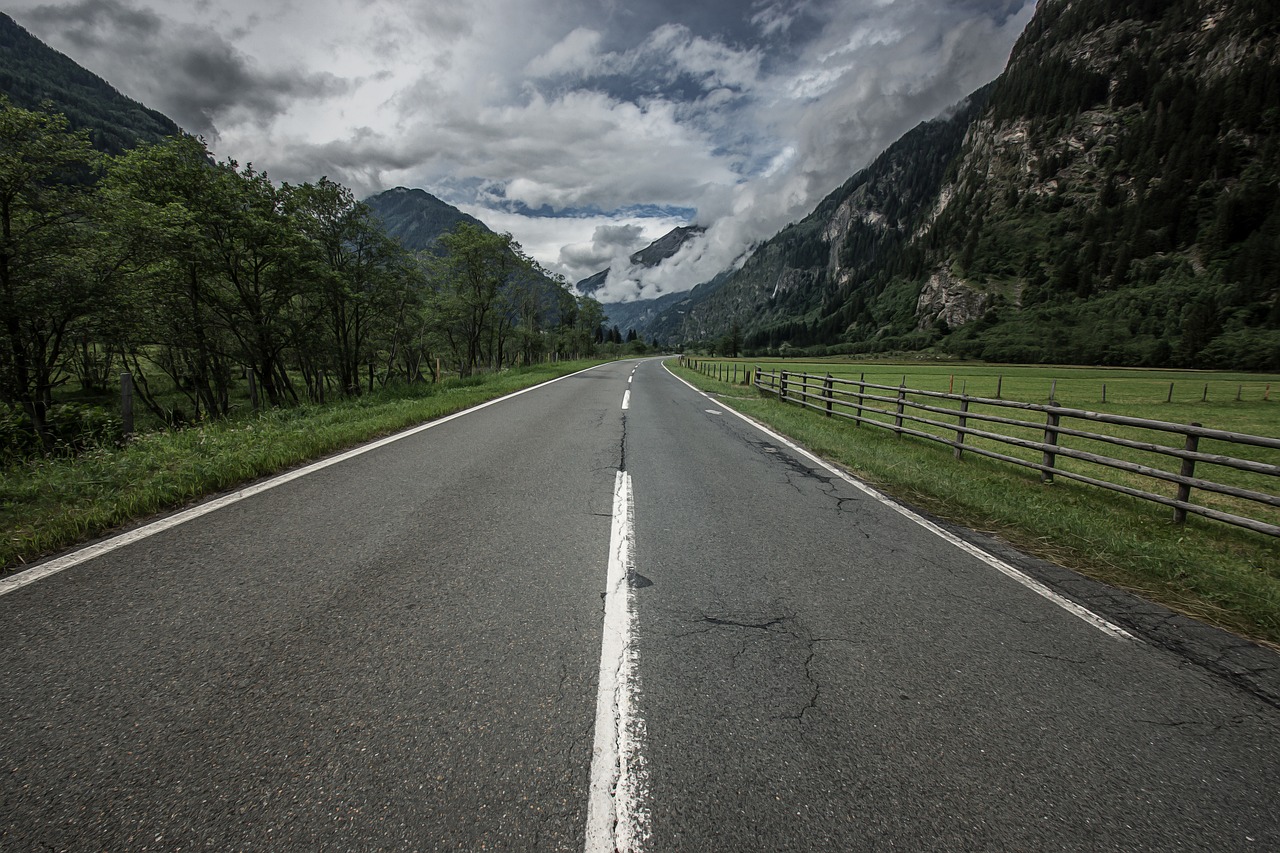Wildflower Garden: Your very own

There’s something magical about a wildflower garden – it brings the untamed beauty of meadows and woodlands right into your backyard. If you’ve always wanted to grow wildflowers but weren’t sure where to start, this guide is for you.

secret
The Secret to Wildflower Success
It’s not about luck; it’s about understanding what your wildflowers need. The key? Mimic nature! Before you dig up a plant, pay attention:
- Soil type: Rich and leafy, sandy, or rocky?
- Location: Shady, sunny, or in between?
- Neighbors: What other plants is it growing alongside?

wildflower
Tips for Transplanting Wildflowers
- Timing: Do it after they’ve finished blooming.
- Bring the old neighborhood: Scoop up some of the native soil along with the plant’s roots.
- Prep their new home: Your garden bed should have similar soil and light conditions to the original spot.
A Year-Round Wildflower Show
Here’s a sample planting schedule to get you started (adjust for your local climate):
- Early Spring: Hepatica, spring beauty, saxifrage
- Mid-Spring: Columbine, bluets, wild geranium
- Late Spring: Dog-tooth violet, wood anemone, Jack-in-the-pulpit
- Summer: Bellflower, butterfly weed, foxglove
- Late Summer/Fall: Turtlehead, aster, Joe Pye weed, Queen Anne’s lace

start small
Getting to Know Your Wildflowers
Creating a wildflower garden is not only a rewarding endeavor but also a great way to support local biodiversity. By getting to know the unique needs and characteristics of different wildflowers, you can ensure a thriving garden that bursts with color and life throughout the growing season. Let’s dive deeper into some enchanting wildflowers that can transform your garden into a vibrant oasis.
- Hepatica: Early Sunshine Lover
Hepatica is one of the earliest bloomers in the wildflower garden, often showing its delicate flowers as soon as the snow melts. This charming plant thrives in partial shade, making it ideal for woodland gardens or shaded borders. To keep Hepatica happy, ensure it has a cozy leaf blanket during winter to protect it from harsh temperatures. Its flowers, ranging from white to shades of pink and blue, provide a much-needed splash of color in the early spring landscape.
- Spring Beauty: Sun-Worshipper
Spring Beauty, also known as Claytonia virginica, lives up to its name with its delicate, star-shaped flowers that appear in early spring. This wildflower is a sun-worshipper, thriving in areas that receive plenty of light. It’s a perfect addition to sunny spots in your garden, where it can form lovely carpets of blooms. Spring Beauty is also a great choice for naturalizing lawns or under deciduous trees, where it can soak up the early spring sunshine before the trees fully leaf out.
- Saxifrage: Rock Garden Gem
Saxifrage is a versatile wildflower that excels in rock gardens or dry, sandy soils. Its name, derived from Latin, means “rock breaker,” reflecting its ability to thrive in rocky environments. Saxifrage’s small, rosette-forming leaves and dainty flowers make it a charming addition to any garden. It’s especially well-suited for crevices and cracks in rock walls, where it can anchor itself and add a touch of natural beauty. Regular watering during dry spells will help keep it healthy and vibrant.
- Columbine: A Drainage Enthusiast
Columbine (Aquilegia) is a striking wildflower known for its unique, spurred flowers that come in a variety of colors. This plant requires well-drained soil and is often found nestled among rocks, where it can avoid waterlogged conditions. Columbine is a magnet for hummingbirds and butterflies, making it an excellent choice for a wildlife-friendly garden. Plant it in a spot where it can receive morning sun and afternoon shade for optimal growth. Regular deadheading will encourage continuous blooming throughout the season.
- Bluets: Delicate Charmers
Bluets (Houstonia caerulea) are delicate, low-growing wildflowers that bring a touch of ethereal beauty to sunny spots in your garden. These tiny charmers produce masses of small, sky-blue flowers with yellow centers, creating a soft, carpet-like effect. Bluets thrive in well-drained soil and appreciate a bit of moisture, making them perfect for rock gardens, borders, or naturalized areas. Plant them in clumps for the best visual impact and enjoy their subtle fragrance as they bloom from spring to early summer.
- Wild Geranium: Bold and Beautiful
Wild Geranium (Geranium maculatum) is a robust wildflower that adds bold color to your garden with its large, pink to purple flowers. It’s a versatile plant that doesn’t mind some shade, making it suitable for woodland gardens or shaded borders. Wild Geranium’s deeply lobed leaves provide attractive foliage throughout the growing season, and its flowers are a favorite of bees and butterflies. This low-maintenance plant spreads slowly, creating lovely drifts of color and greenery.
Start Small and Expand
Don’t feel overwhelmed! Pick one or two wildflowers to focus on initially. Get to know their preferences, and build your wildflower garden over time. You might just find it’s your favorite garden of all!






